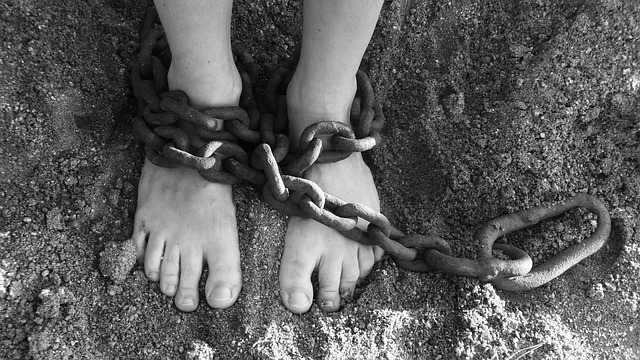
Since 2010, the United States has observed and recognized victims of human trafficking every January 11th. While it’s commonly employed as a plot point in books and movies, the reality is that this terrifying practice is an every day reality for many. We’ve gathered a few facts around human trafficking to shine a light on those at risk and the people involved.
“The trade in human beings, a modern form of slavery, … violates the God-given dignity of so many of our brothers and sisters and constitutes a true crime against humanity.” —Pope Francis
The Definition Isn’t Set In Stone
As we learn more about individuals’ experiences, the definition of human trafficking evolves. What some may not realize is the breadth of circumstances that fall under this umbrella. Human trafficking is generally defined as recruiting, keeping and moving human beings for forced labor, sex acts or slavery. It’s not just about kidnapping people and absconding with them, though. Traffickers can use physical force, fraud or a variety of forms of coercion to exploit their victims.
Poverty Isn’t the Only Reason
Though a common cause for selling children, themselves or others into slavery, poverty isn’t the only motivation. With the residency status of millions under question across the globe, many are vulnerable to exploitation in employment settings. It’s easy for large entities to leverage fear into increased worker output. Eliminating systemic factors that contribute to these fears is important in stopping human trafficking.
It’s a Distant Problem
It’s difficult but important to take a look at problems in our own backyard. Human trafficking isn’t just a problem when travelling abroad. Countless news stories from major American cities have popped up in the last few years highlighting the atrocities happening right at home. From forced labor to sex work, these issues are closer than you might think. The good news is that this also means it’s within our power to affect change. We can become more vigilant toward signs of modern-day slavery and work to end it.
As with every problem, the first step is understanding. Understanding the circumstances of those involved. Determining steps that can make a difference. And, finally, knowing that there are so many out there who will directly benefit from it.


